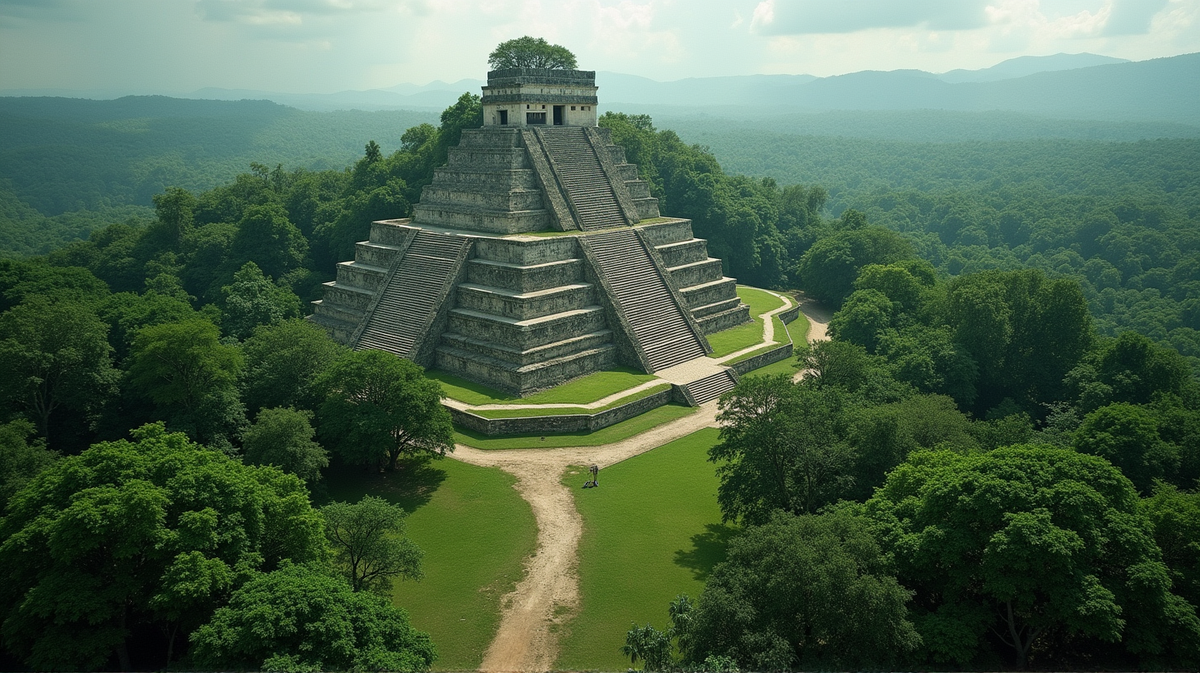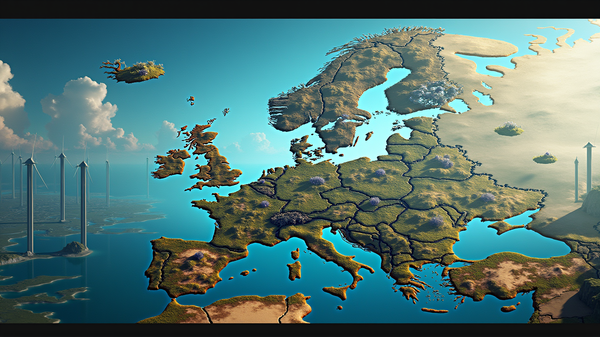Revealing Lost Mayan Megacities: How One Student's Accidental Lidar Find Changed History
Lidar technology uncovers a vast, interconnected Mayan civilization, challenging longstanding historical beliefs.

The Accidental Discovery
In what can only be described as a twist of fate, a Ph.D. student named Luke Auld-Thomas unearthed the remnants of a Mayan megacity deep within the Mexican jungle. During a routine Google search, Auld-Thomas stumbled across a decade-old laser survey that, when revisited, revealed a hidden world beneath the dense foliage of Campeche. According to Reason Magazine, this discovery was nothing short of revelatory.
The Power of Lidar
Hailed as a breakthrough in archaeological technology, light detection and ranging (lidar) technology has opened up new vistas in the study of ancient civilizations. By sending thousands of laser pulses to penetrate thick canopies and measure the distant bounce-back times, lidar creates intricate 3D maps of landscapes long covered by nature’s blanket. This chance encounter unveiled Valeriana, a city unmatched in its density, far outstripping modern populations with its estimated 30,000-50,000 residents over a thousand years ago.
Unveiling a Complex Civilization
The sheer scale of Valeriana is awe-inspiring, with its countless structures ranging from residential homes to monumental pyramids and interconnected plazas. The city’s layout is that of a classic Mayan political hub, and the enormity of its infrastructure reflects a civilization far more sophisticated than once believed. Such revelations have forced historians to reconsider prior assumptions of the Maya as isolated villagers, painting a new picture of a complex and interconnected society.
Highways of the Maya
One of the most jaw-dropping discoveries has been the revelation of ancient superhighways, precursors to modern road systems, which crisscrossed through the dense jungle terrain. Lauded by archaeologist Richard D. Hansen as “the world’s first superhighway system,” these massive causeways signify robust trade routes and cultural exchange, comparable to the illustrious Silk Road.
Tracing Trade and Exchange
These ancient pathways, snaking their way through as far as El Salvador, underpin a dynamic trade network that facilitated not just the exchange of goods but also ideas. As explained by Christa Schieber de Lavarreda, these routes bore the hallmarks of a vibrant socio-economic ecosystem, linking cities and fostering the flow of resources and cultural practices through a chaîne opératoire of production.
Transforming Our Understanding
The implications of these findings are profound, reshaping the narrative of Mayan history with each laser pulse. Where previous scholars saw isolated capitals, a picture of grand metropolises emerges. What appeared as natural topography now signals places where mankind left its mark. With more to discover, these hidden cities slowly unravel, promising more revelations about one of the most advanced civilizations that time almost forgot.
The Road Ahead
As researchers continue to explore the troves of lost Mayan heritage, each finding beckons a fresh wave of excitement and inquiry. The full story of the Maya, interspersed with unanswered questions and revolutionary discoveries, invites a re-examination of our perspective on human history, challenging us to look beneath the surface and engage with the invisible narratives that shaped our world.





